82 F. high in the Twin Cities Sunday.
67 F. average high on September 27.
83 F. high on September 27, 2014.
September 28, 1983: Late summer with 91 degrees at Montevideo and 90 degrees at Elbow Lake.
September 28, 1895:
"Furious wind" at Pleasant Mound in Blue Earth County blew down grain
stacks and corn shocks. Source: Twin Cities National Weather Service.
Minor CorrectionFeels Like Autumn This Week
"Delicious
autumn! My very soul is wedded to it, and if I were a bird I would fly
about the earth seeking the successive autumns" wrote George Eliot.
Amen. But is it autumn yet? The calendar says so, but the jungle-like
canopy of green outside my window is a reminder that fall is running
late this year.
September temperatures are averaging more than 6F
warmer than usual, but Canada pops our warm weather bubble this week.
We'll have to be content with 60s, closer to average.
On average
the metro sees the first frost of the season the first week of October,
but I don't see any jolts of freezing air looking out 2 weeks or so.
Today's weather will help you focus on work or errands: more clouds, a
few passing showers as cooler air dribbles south of the border.
Dust off a sweatshirt or light jacket for
Tuesday
morning, but faint whiffs of summery warmth will return in October. No
big storms are brewing close to home; ECMWF guidance hinting at the next
chance of rain one week from today.
With this week's cool front maybe the leaves will start to turn. Cue the color. It's time!
Showery Morning?
Models suggest the best chance of showers will come during the morning
and midday hours, maybe a tenth of an inch or so as cooler air pushes
into Minnesota. Source: Aeris Enterprise.
Cooler, But Hardly Controversial.
No Canadian slaps yet, just a minor reality check as temperatures drop
closer to average for late September. Today will be the mildest day;
highs mostly in the 60s from Tuesday into the weekend.
Wind Prediction.
A stiff north breeze at 10-15 mph will drop temperatures today; winds
are forecast to ease up a bit Tuesday before picking up again by late
week. Graphic: Aeris Enterprise.
Accumulated Rainfall.
Here's how much rain NOAA's NAM model is printing out between now and
Thursday at 1 AM; soaking rains for the Florida Panhandle and much of
New England - as much as 3-4" of rain possible over the next 72 hours.
Source: Aeris Weather.
Accumulated Snow.
No slushy shockers shaping up yet, although a few inches of snow may
coat the higher peaks of the Rockies by early next week. I'm in no great
hurry, by the way, although my friends with snowmobiles are already
chomping at the bit. GFS guidance through early Wednesday, October 7,
courtesy of NOAA. Animation: Aeris Weather.
How a Little Lab in West Virginia Caught Volkswagen's Big Cheat. As one of the comments at the bottom of the article said: "
A guy in WV takes down VW on a test commissioned by a guy named German. Some things were just meant to be." NPR has the story; here's an excerpt
: "Volkswagen was recently brought to its knees when scientists discovered the company had installed a device in its diesel-powered cars
to fool emissions tests. Its stock price tanked, its reputation has
been damaged and its CEO resigned on Wednesday. So who made the
discovery that sent the German car giant into a tailspin? A group of
scientists at West Virginia University..."
Photo credit above: "
Diesel car engines like this one in a 2012 Volkswagen Golf are among those that include software that circumvents EPA emissions standards for certain air pollutants.
" Patrick Pleul/DPA/Landov.
I Survived the Deadliest Day in Everest's History, and I'm Still Surviving It. Here's an excerpt of a harrowing first-person account of a very bad day on Mt. Everest at
Quartz: "...
It
wasn’t the kind of avalanche I’d seen footage of in documentaries, a
billowy white plume traveling down a mountain’s face. This looked more
like a tsunami—the unrealistic kind of tsunami you see only in Hollywood
movies. It looked as if it was rising from the ridge and would barely
touch the actual slopes of Pumori, instead hurtling through the air to a
farther destination: us. Then Fhinju and Suber started running. I took
one last glance at the apocalyptic cloud and turned on my heels to run
with them. We didn’t get far. I myself hadn’t taken two steps when I
tripped and fell flat on my face...."
What Happens Next Will Amaze You.
And possibly horrify you as well. Privacy on the Internet, being
tracked by advertisers, worshipping a tech-elite while poverty and
homelessness runs rampant. Check out a transcript of a
recent presentation by Maciej Ceglowski at a tech conference in Copenhagen, Denmark; here's an excerpt: "...
Today
we live in a Blade Runner world, with ad robots posing as people, and
Deckard-like figures trying to expose them by digging ever deeper into
our browsers, implementing Voight-Kampff machines in Javascript to
decide who is human. We're the ones caught in the middle. The ad
networks' name for this robotic deception is 'ad fraud' or 'click
fraud'. (Advertisers like to use moralizing language when their money
starts to flow in the wrong direction. Tricking people into watching ads
is good; being tricked into showing ads to automated traffic is evil.)..."
TODAY: Clouds, few showers. Winds: N 10-15. High: 71 (falling)
MONDAY NIGHT: Partly cloudy and cooler. Low: 49
TUESDAY: Cool, blue sky - feels like fall. Winds: N 7-12. High: 64
WEDNESDAY: Partly sunny, seasonable. Wake-up: 45. High: 65
THURSDAY: Mix of clouds and sun. Wake-up: 47. High: 66
FRIDAY: Some sun, probably dry. Wake-up: 49. High: 65
SATURDAY: Partly sunny, still quiet. Wake-up: 48. High: 63
SUNDAY: Intervals of sunshine. Wake-up: 48. High: 64
Climate Stories....
Cartoon courtesy of
Tom Toles at the Washington Post.
The Mighty Himalayan Glaciers are Melting. Check out the details at
GlacierWorks: "
The
snow and ice stored within this resplendent arc of nearly 50,000
high-altitude glaciers are vital sources of water for the major rivers
of Asia. GlacierWorks is a non-profit organization that vividly
illustrates the changes to Himalayan glaciers through art, science, and
adventure."
Microsoft Leads Movement to Offset Emissions With Internal Carbon Tax. Forward-thinking companies are already ahead of the curve; here's an excerpt from
The New York Times: "
When Microsoft
business unit managers calculate their profits or losses each quarter,
they consider more than just sales and expenses. They also factor in the
price of carbon. Even more radically, the business units are charged an
internal tax by Microsoft based on their energy usage. The money goes
into a common fund that invests in environmental sustainability
projects. The company’s program is at the forefront of a fast-growing
effort called carbon pricing..."
Photo credit: "
Tamara DiCaprio, senior director of environmental sustainability at Microsoft, with solar panels in French Polynesia."
France Grapples With Future of the Alps: How To Ski or Climb Mountains in a Warming World. Here's a clip from an article at Star Tribune: "...Researchers
say the Sea of Ice is only the most accessible example of a problem the
entire Alpine region is facing as warming mountainsides become more
unstable and snowfall more inconsistent, threatening jobs and lives in a
region heavily dependent on adventure tourism. Scientists have drilled
the Mont Blanc region with sensor-equipped boreholes in recent years,
hoping that measuring temperatures in the permafrost will give a sense
of how quickly the problem is accelerating and which areas are most in
peril..."
Photo courtesy of
Bloomberg, which has even more perspective on the rapid melting underway in the Alps.
Researchers Reveal When Global Warming First Appeared. Here's an excerpt of an interesting story at
reportingclimatescience.com: "...
Remarkably
our research shows that you could already see clear signs of global
warming in the tropics by the 1960s but in parts of Australia, South
East Asia and Africa it was visible as early as the 1940s.” The reason
the first changes in average temperature and temperature extremes
appeared in the tropics was because those regions generally experienced a
much narrower range of temperatures. This meant smaller shifts in the
temperature record due to global warming were more easily seen. The
first signal to appear in the tropics was the change in average
temperatures. Later extreme temperature events showed a global warming
signal..."
Map credit above: "
Median time of
anthropogenic emergence and zonally averaged signal and noise for
climate means and extremes. Maps of median TAE averaged across 23 model
simulations for (a) and (b) mean surface air temperature, (c) and (d)
highest daily maximum temperature, (e) and (f) lowest daily minimum
temperature, (g) and (h) total precipitation, and (i), (j) maximum 1-d
precipitation for (a), (c), (e), (g) and (i) June–August and (b), (d),
(f), (h) and (j) December–February. Zonally averaged values of signal
(red) and noise (black) are shown where signal is the mean difference in
the variable between 1989–2039 and 1860–1910, and noise is the standard
deviation of the variable for 1860–1910." Courtesy: University of New South Wales.
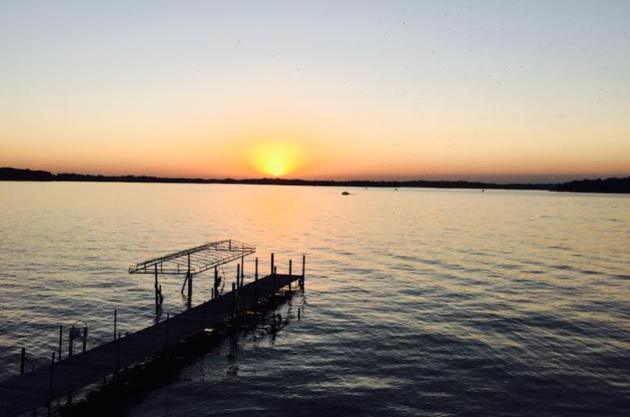



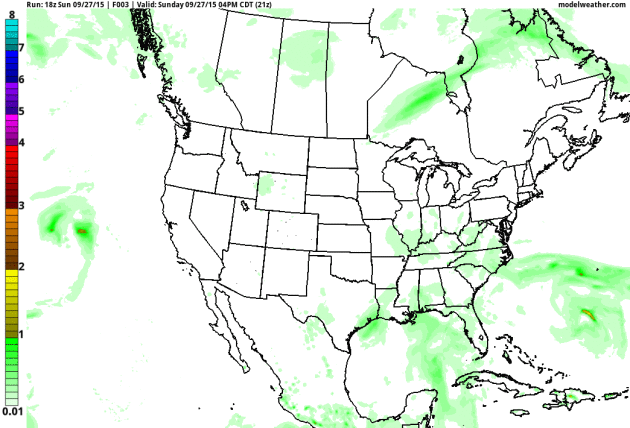
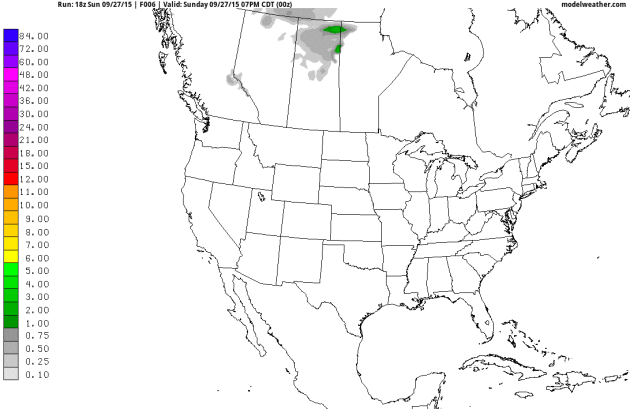
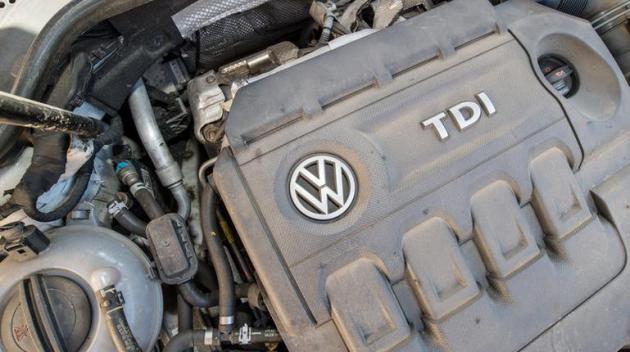
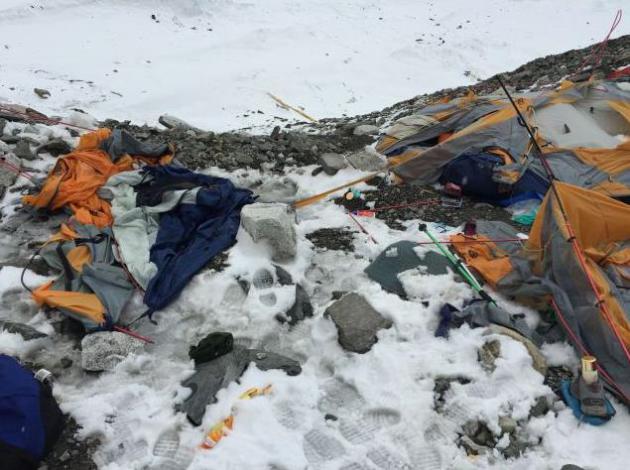
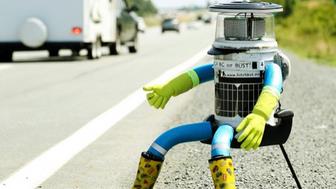

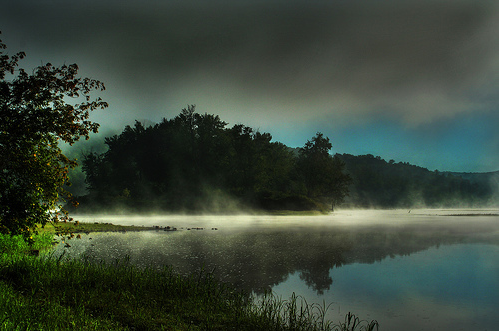

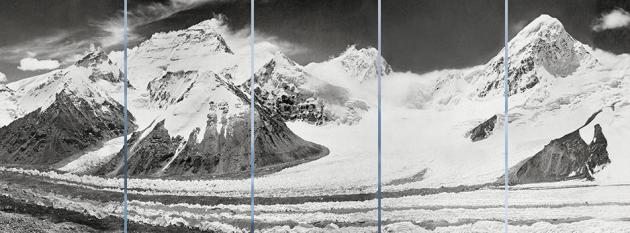
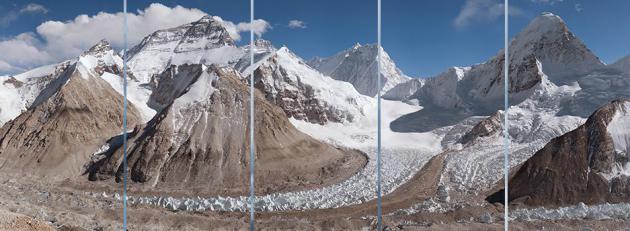
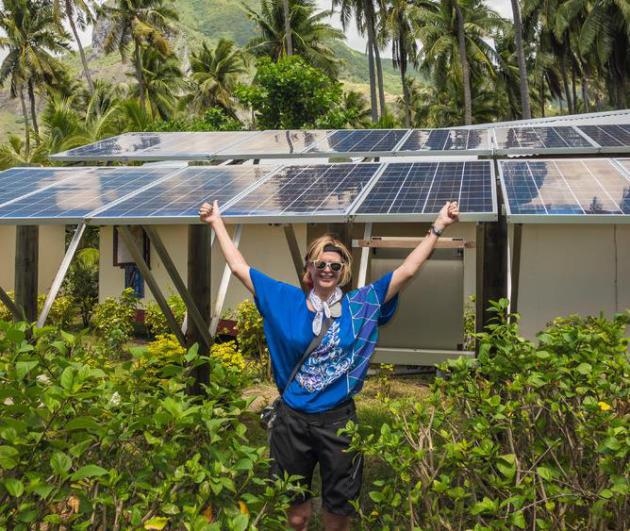
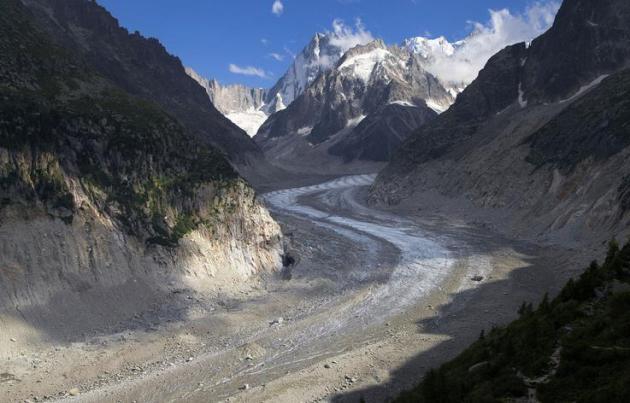
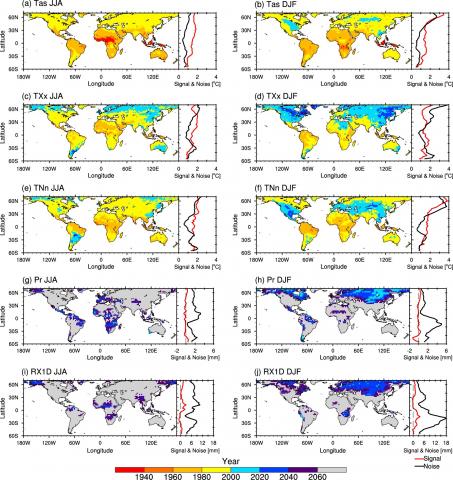
No comments:
Post a Comment